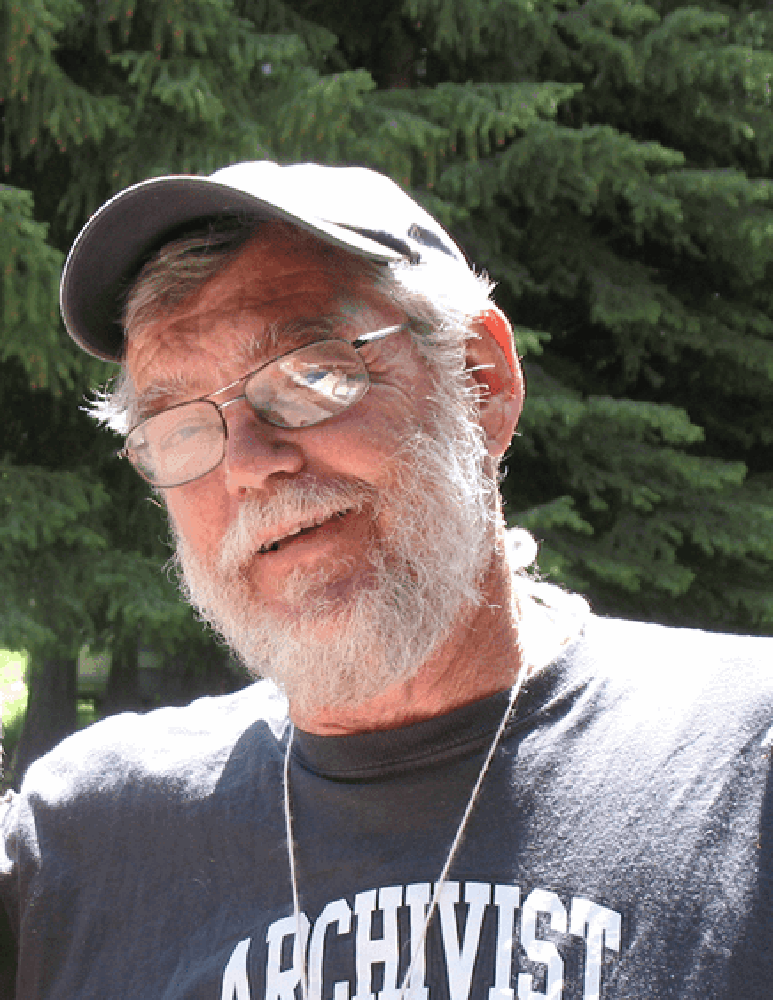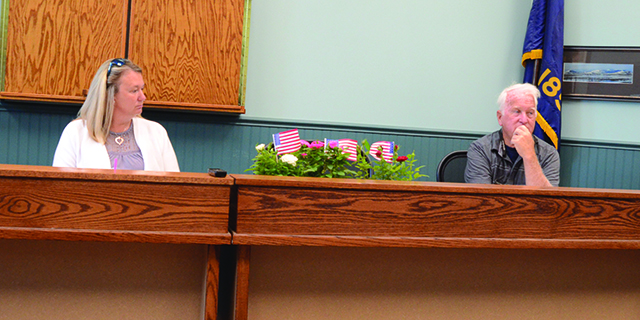Main Street: Celebrating five decades in Wallowa County
Published 6:00 am Wednesday, July 21, 2021

- Rich Wandschneider
I came to Wallowa County 50 years ago this month, to a job in the Extension Office, which was on the second floor of the courthouse, at the corner of River and Main streets in Enterprise. In 1976, we opened the Bookloft on Main Street in Enterprise and in 1988, we launched Fishtrap from Ralph Swinehart’s engineering office on Main Street. There were a few Fishtrap years on Grant Street in Enterprise — in the Coffin House, once owned by Chieftain editor/publisher Gwen Coffin and his wife, Gladys — before my coming back to Main Street in Joseph at the Josephy Center.
I’ve written before about the first day on the Extension job, when county agent Chuck Gavin and Chesnimnus Ranger Keith Zobel took me on a 10-hour road trip to Imnaha, Lost Prairie, Wallowa and the farms, ranches, old CCC camps, and forestry projects across the county. And how Chieftain editor Don Swart flew me over the county, pointing out the rivers and breaks, the valley farms and north-end ranches.
We don’t greet newcomers like today. We don’t, I imagine, have the time for it. Towns used to have “welcome wagons” that arrived at new folks’ houses with gifts and discount coupons from local businesses. We’re too busy for it now.
But maybe that first-day introduction is part of the reason I’ve stayed.
The Extension Service was county fair, Wolfe Hereford sales, trips to Corvallis and grange potlucks and pie sales — and meeting the bankers, bakers, sheepherders and old Smokey, who arrived in spring to live above Homan’s Rexall Drug and march up and down Main Street with his dog at his side. Johnson’s sheepherders stayed in those Rexall suites when they came to town.
The bookstore sold books, and was a gathering place for old-timers and newcomers: Max Bauer moved back from Portland to take care of his mother, Ethel Wade, her ex-husband, cowboy and polo horse trainer, Clifford, and a longtime paramour. Max told stories, and he started a jazz band with Mike Straw and joined a classical string quartet with Jane Bane — his clarinet substituting for strings. Jack Finch brought stories of Alaska and the two-room school in Imnaha. After retirement Gavin joined us with stories of Wyoming, cows, horses and WWII — he didn’t need to backpack anymore; he’d done that in Europe. And why did God invent horses?
But the bookstore wasn’t easy; we were always short on money. We opened Judy’s Kitchen, hard work — especially for Judy — but we had one and then two boys, and the Bookloft and courthouse lawns were their playgrounds and Judy’s cookies afternoon snacks for them and friends.
Grace Bartlett, Lloyd Coffman, Janie Tippett and Cressie Green met in the kitchen to talk history; visiting pols — Mark Hatfield and his chief of staff, Gerry Frank, stopped when they were in town. And Don Green, Malcolm Dawson and Eve Slinker launched the Wallowa Valley Arts Council in the kitchen. Eve also brought us artists in the schools. I met Kim Stafford when he was the poet in Wallowa — he’d later help me start Fishtrap.
And eventually, with a push from Dr. Euhus, I was on the Enterprise School Board. But the biggest lesson I learned about schools was from Dave Smyth, then superintendent in Wallowa. School population is not about loss of jobs, he confided, but smaller families. Yes — in those early years there were almost 2,000 K-12 students in our county, population 7,000; now there are not 1,000 students in our current 7,000.
And speaking of Euhus, remember the days when he and Dr. Siebe covered it all, including the emergency room? We’d be in the middle of a play in Russell Ford’s OK Theatre, or a town-team or high school basketball game; a beeper would go off, and Euhus or Siebe would jump up to leave for the hospital.
Hard to remember it now, but I once ran for county commissioner. I didn’t win, of course, and Jack McClaran asked me, how old I was. Thirty-seven I said. He said to wait 10 years and I might get elected. Jack, one of my favorite bookstore customers, would come in the day before Christmas, leaf through the books, and look up to ask me what I thought about the French philosopher, Albert Camus. I loved that man and his good stories about herding sheep — and hard ones about war and liberating Buchenwald.
And then there was meeting Alvin Josephy, the Chief Joseph Summer Seminar, and the two boys we adopted, one from far-away Calcutta. Fifty years ago, I didn’t know the Nez Perce from the Navajo. Alvin made my first serious introduction to the Indian people, the Homeland Project, with locals Nancy and Terry Crenshaw, Swineherd and Jo Hallam, Bobbie Conner from Umatilla, Horace Axtell from Lapwai, Soy Redthunder and Charlie Moses from Nespelem, began my serious education in Indian affairs.
The adoptions introduced us to child-rearing, and woke us to the fact that Wallowa County is a very white place with intentional and inadvertent racial stereotypes and occasional cruel behavior. I bared my soul to Nez Perce Charlie Moses about it; he said I didn’t have to tell him — he’d been brown for 80 years. When the well-known Indian writer Sherman Alexie came to Fishtrap, a gas station made him pay cash up front. I couldn’t get Sherman to come back.
Judy’s and my marriage made it 36 years, but not 50. We’re still friends — in the county we all use the same post office, I tell people; we’d best get along.
My lord — I’ve missed the old ski run and new, the Lockes, Kissinger-Wandschneider building, T-ball, Little League and soccer, kids, grandkids, and high school sports, bands at the Gold Room and Fireplace, mushrooms, CJSS — and thousands of folks — now friends, met at all the Main Street places that have been my life the past 50 years.
But I can’t leave without saying that the most satisfying best part of the 50 years is the way we are now getting along with the Nez Perce. What used to be fracases on Chief Joseph Days is now powwows, Land Trust root diggings, Homeland longhouse services, and Nez Perce Fisheries across the street from my Main Street perch at the Josephy Center, where the current exhibit explores the Indian treaties that got us to today.
Thank you all — the ones I’ve named and those I missed.









